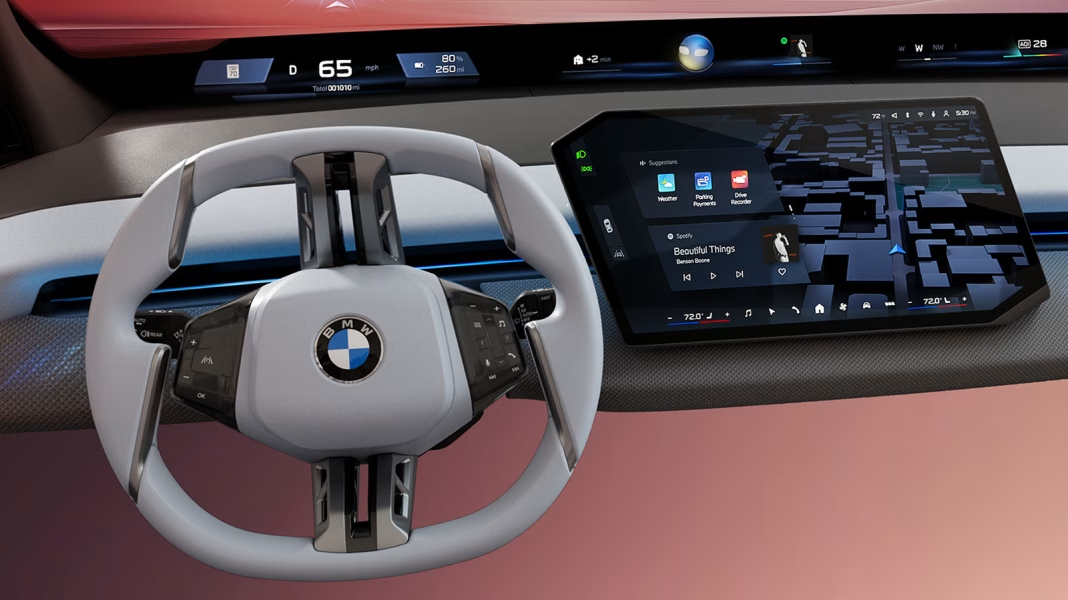Are Drivers Really Using Apple CarPlay as Much as We Think?
If you’ve ever hopped into a modern BMW, you’ve probably noticed the slick infotainment system front and center. For years, Apple CarPlay has been touted as a must-have feature, with drivers demanding seamless smartphone integration. But here’s the twist: BMW’s latest data suggests that the reality might not match the hype. So, are drivers really glued to CarPlay as much as we all assume?
What Does BMW’s Data Reveal About Infotainment Habits?
BMW recently dug into usage patterns across its fleet, and the findings are eye-opening. Contrary to popular belief, a significant portion of drivers aren’t actually using Apple CarPlay as their primary interface. In fact, BMW’s internal analytics show that many owners stick with the native BMW system for navigation, music, and calls—even when CarPlay is available at their fingertips.
Why? For starters, BMW’s own infotainment platform has evolved rapidly. With improved voice controls, intuitive menus, and deep integration with vehicle features, it’s become more than just an alternative—it’s a genuine competitor. According to a 2023 J.D. Power study, nearly 40% of luxury car owners prefer their car’s built-in system over third-party options, citing reliability and ease of use as top reasons.
Are There Downsides to Relying on Apple CarPlay?
Let’s be honest: CarPlay isn’t perfect. While it’s great for bringing your favorite apps to the dashboard, it can sometimes be clunky, especially with wireless connections. Dropouts, lag, and compatibility issues aren’t unheard of. BMW’s engineers have noted that these hiccups can frustrate users, nudging them back to the factory system.
There’s also the question of distraction. A 2022 study from the Insurance Institute for Highway Safety found that drivers using smartphone-based interfaces were more likely to take their eyes off the road compared to those using native controls. BMW has leaned into this data, designing their system to minimize cognitive load and keep drivers focused.
How Are Real Drivers Responding to These Changes?
Talk to BMW owners, and you’ll hear a range of opinions. Some love the flexibility of CarPlay for podcasts and messaging, while others appreciate the seamlessness of BMW’s own setup. Take Mark, a 2021 5 Series owner: “I tried CarPlay for a few weeks, but honestly, the BMW system just feels more natural. I don’t have to fiddle with my phone or worry about connection issues.”
This isn’t just anecdotal. BMW’s customer feedback surveys show a growing satisfaction rate with their infotainment updates, especially among tech-savvy drivers who value integration with vehicle settings, driver assistance features, and even over-the-air updates.
What Does This Mean for the Future of In-Car Tech?
The landscape is shifting. Automakers like BMW are investing heavily in their own software ecosystems, aiming to offer experiences that rival or even surpass what Apple and Google provide. The goal? To keep drivers engaged, safe, and loyal to the brand.
Industry analysts predict that by 2026, over 60% of new vehicles will feature advanced, customizable infotainment platforms. The lines between native and third-party systems are blurring, with more cars supporting both—but making the in-house option too good to ignore.
How Can You Make the Most of Your BMW’s Infotainment Options?
If you’re a BMW owner (or shopping for one), here’s the bottom line: don’t just default to CarPlay out of habit. Spend a week exploring the BMW system. Test the voice assistant, try the navigation, and see how it handles your daily routine. You might be surprised at how much you like it—and how much less you reach for your phone.
The big takeaway? Infotainment isn’t about perfection—it’s about smarter adjustments. Start with one change this week, and you’ll likely spot the difference by month’s end.


